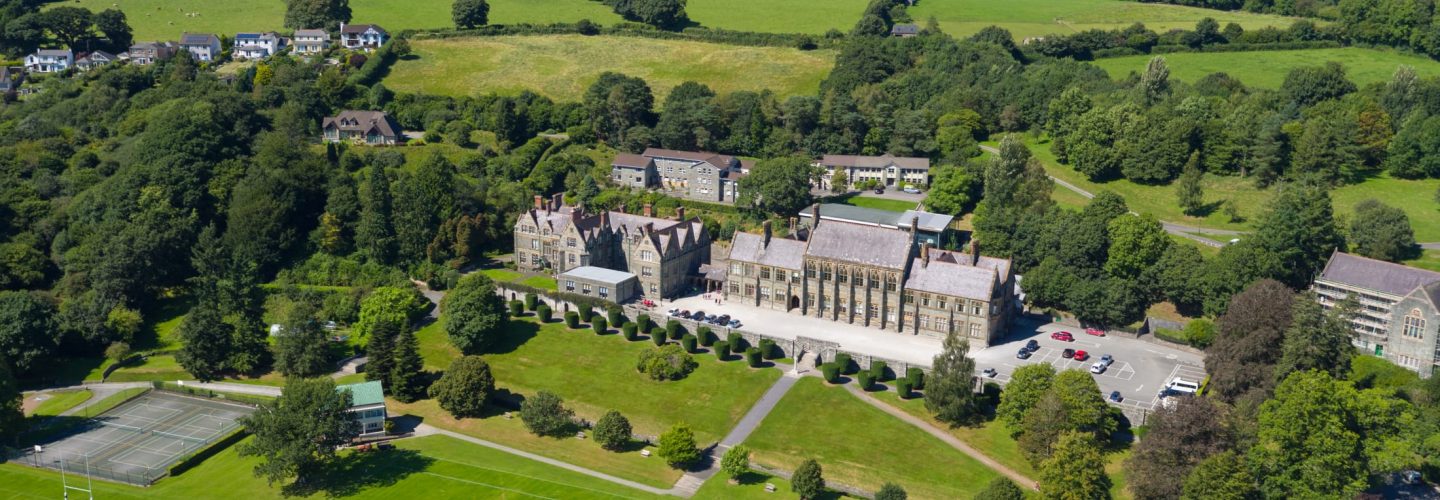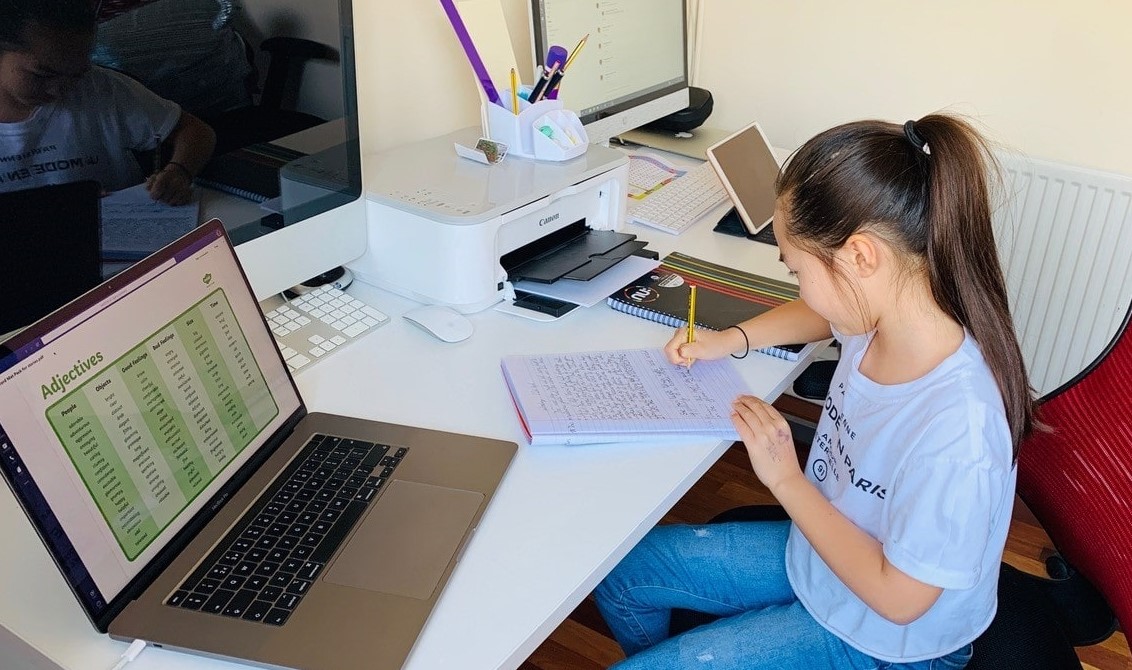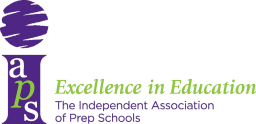The transition to remote learning can be daunting, however, pupils at Mount Kelly have taken it in their stride. As teachers too, we have had to adapt, change and review our methods to endeavour to maximise our pupils’ opportunities to learn, consolidate and apply ideas. Both pupils and staff alike have stepped outside of their comfort zones and embraced the challenge.
Advice from Mount Kelly teachers:
- Structure is key. Developing routines and generate a personalised timetable with your child, including the prep/homework they should do as well as other activities.
- Before the start of each lesson, gather together the materials that might be required in that subject.
- Create a work space for each child to give them ownership of their learning environment. This can help them feel in control of their learning at a time when they may not feel in control of many other areas in their lives.
- Give children the opportunity to work independently. It is important to show an interest and facilitate when required without taking over!
- Encourage them to ask questions and contribute to class, they will get more out of the lessons if they do this and the interaction really helps lessons progress. There are some useful functions on Microsoft Teams like 'raise your hand' that allow the teachers to see that they want to contribute.
- Discuss their day and offer a chance for your child to review what they have learnt and to express ideas verbally. You don’t have to have prepared for this, just ask them to explain what they have learnt and see if you understand it too. This is a great way for children to consolidate and test their understanding.
- Schedule time out; fresh air, exercise and some screen-free time.
- It is essential to get them away from their devices. They are doing their lessons on these, homework tasks and socialising on them and this can really build up the hours.
What have our teachers have been doing in the virtual classroom?
Head of Science, Mrs Baldock, has been impressed by the enthusiasm shown by the vast majority of pupils.
“I try to offer multiple opportunities to review prior learning. All lessons are ‘live’ on Microsoft Teams and so pupils can ask questions, get involved and receive instant feedback. I try to make it as easy as possible for pupils to get involved in the lessons, in whatever form they feel comfortable. We have tried highlighting key terms in the chat; getting pupils to 'thumbs up'; selecting ‘choose me’ if they feel confident that they could answer the question and verbalise their response.
It is also key to make the resources used in the lesson available for them to access after the lesson, to add to their own notes. All resources are prepared in line with the resources they usually use in the classroom, so each lesson still feels like ‘me’ trying to keep a sense of normality in unsettling times and I have found it helps to have the resources available in different forms, to ensure you can give each pupil the opportunity to access it in a way that works for them and given their own digital set up. As pupils have become increasingly confident with the platform, they have become more willing to ask questions, whether in the lesson itself, or in the offered slot at the conclusion of each lesson. I have tried to make myself available to them as needed and they have responded well.
In Science, I have tried to maintain some of the practical work too, demonstrating the experiments live on Teams, getting pupils to record the data collected, plot graphs, make predictions and observations, and recall equipment.”
Head of Humanities, Mr Francis, finds that encouraging pupils to get outside for some of their prep has been helpful. “I have tried to get them outside for some time during classes, taking weather recordings and making observations and then sharing this with members of the class. We have tried experiments at home that adults have helped in.
Their work has been submitted in a variety of forms and I have seen some really creative video reports come in. My Year 9 pupils have really engaged in the group work that has been facilitated by the use of the 'channel function' within Teams that allows them to communicate outside of the main channel with a pre-selected group on a specific task. They then feed back to the whole class.
Whilst working with Year 8 on the impacts of Global Climate Change I managed to get a friend of mine, Robert Swan OBE, to encourage them in their work via video message which was quite powerful.”
Mr Buckley, Science teacher at the Prep, adds, “It is important that lessons are structured and clearly understood. It is hard to gauge the level of commitment online. Having a consistent approach to teaching with the same process used by the same teacher from day to day, helps a child understand what to do. This includes using a clear format for where to find and complete work for every lesson.
Most children like having the opportunity to hand work in, and it is important that it is easy for work to be submitted and marked. This can often be dealt with by having a short plenary that a child needs to complete and hand in after each lesson which also helps check the level of learning. One simple lesson I taught required children to research any planet in the Solar system and create advertising media for an interplanetary travel agency. Pupils were able to engage with the task as it was relatively simple, with some creating fact sheets and others detailed video footage.”









